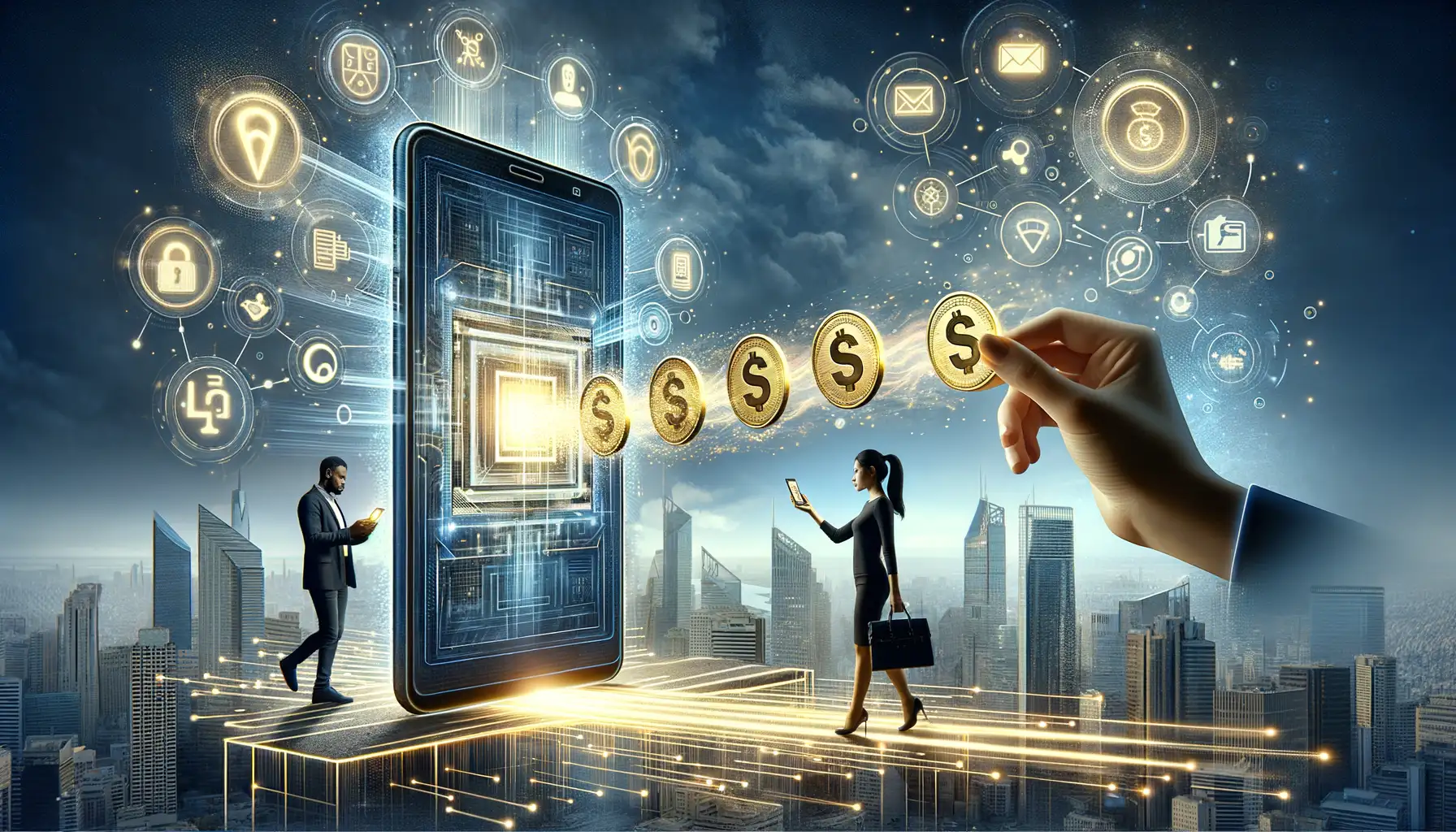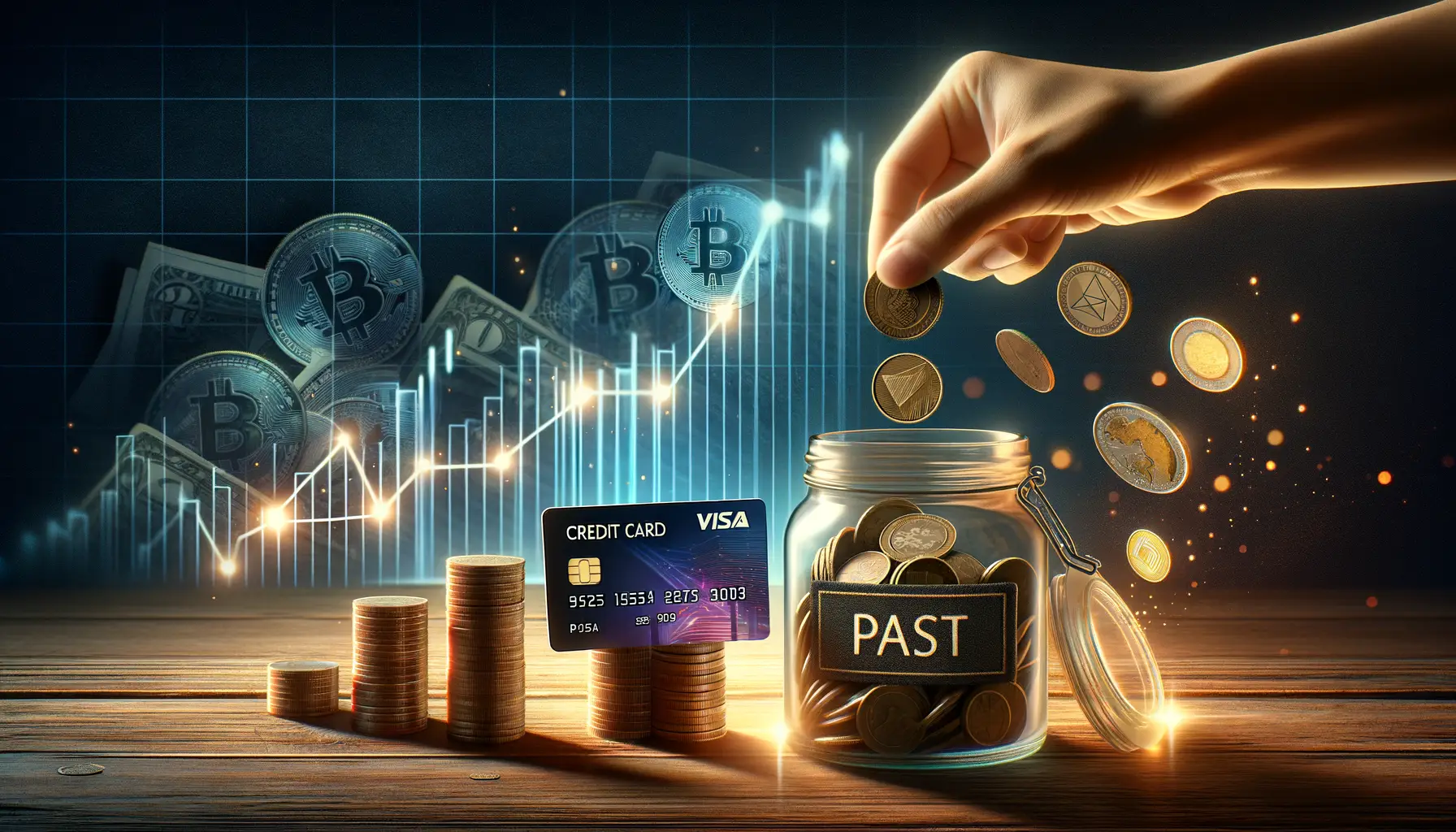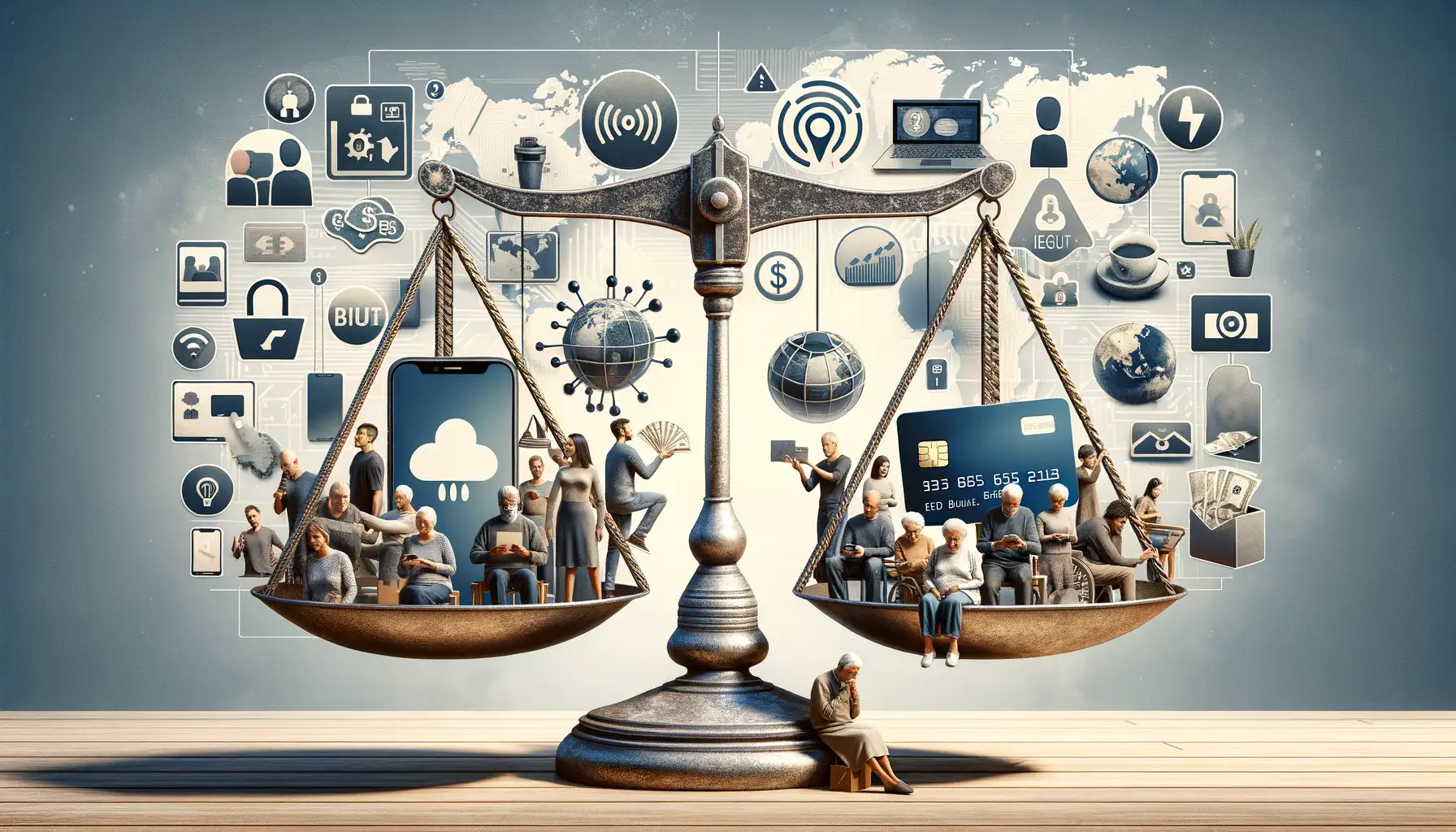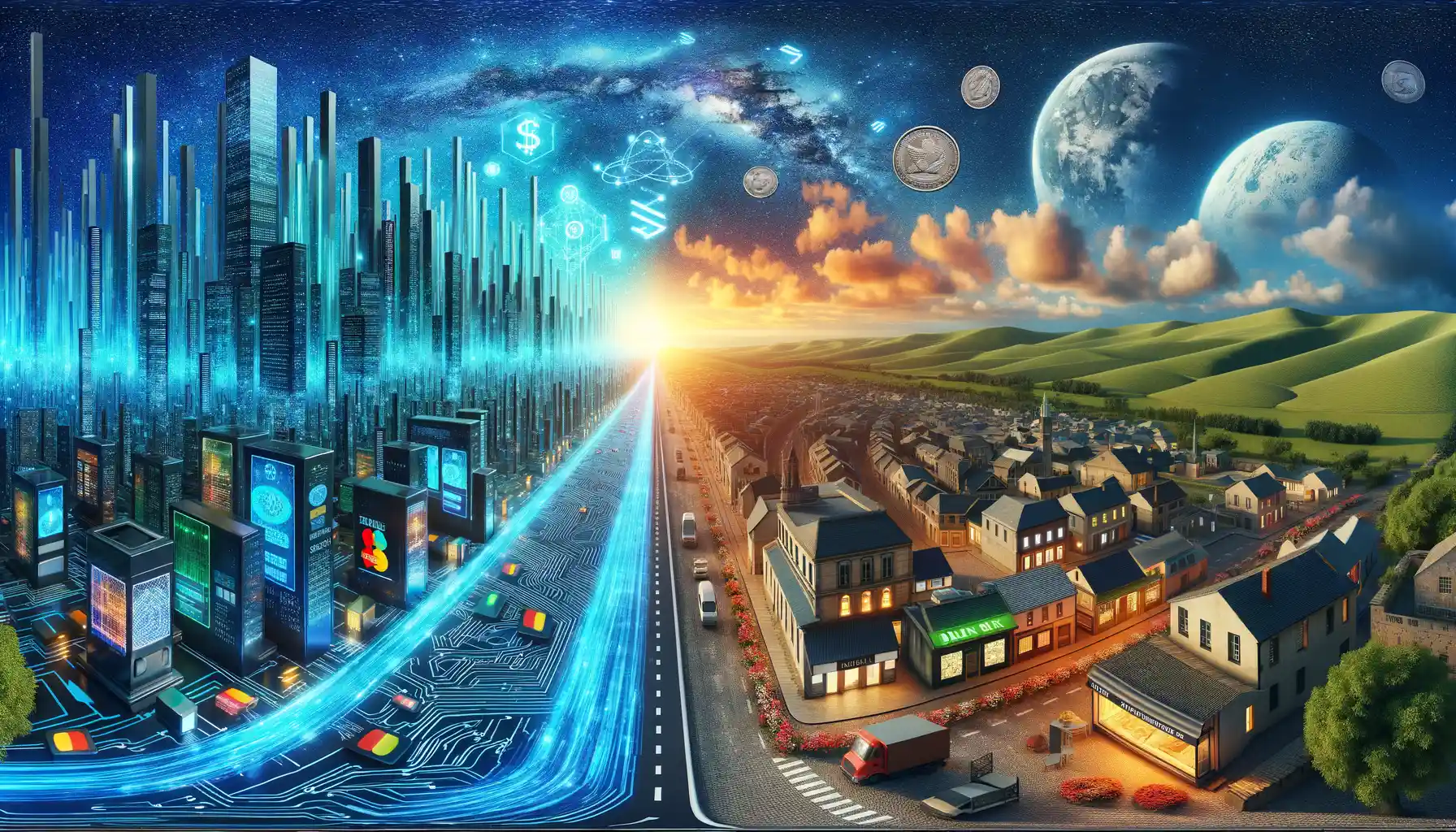Introduction to Digital Wallets and Their Growth
The Evolution of Money: From Coin Pouches to Pocket-Sized Tech
Step into a world where your pockets are lighter, not because you’re broke, but because your wallet has gone digital. Digital wallets—the sleek, virtual counterpart to clunky leather billfolds—are rewriting the rules of how we handle money. What started as a convenient way to store credit card details has now morphed into a financial powerhouse. You can pay for your coffee, split dinner bills, or even invest in stocks—all with a few taps on your smartphone. Isn’t that a little magical?
But this revolution didn’t happen overnight. Ten years ago, people were still fumbling for coins at the checkout line. Fast forward to today, and apps like PayPal, Apple Pay, and Venmo have set the gold standard for seamless transactions. It’s no wonder studies predict global digital wallet transactions will hit jaw-dropping trillions by the end of the decade.
- A shift toward convenience and speed has fueled this growth.
- Increasing smartphone adoption puts these tools in nearly every hand.
- Growing trust in online security makes it less daunting to adopt digital payments.
The craziest thing? A digital wallet isn’t just a wallet—it’s loyalty cards, crypto keys, travel passes, and so much more. It’s the ultimate Swiss Army knife for the modern age!
How Digital Wallets Are Transforming Financial Transactions

The Wallet Revolution: Swiping Into the Future
Picture this: you’re in a bustling café, ordering your favorite cappuccino. No fumbling for cash, no awkward jingling of coins—just a quick tap of your phone, and voilà! That’s the magic of digital wallets. They’ve turned what used to be a clunky, time-consuming process into something as smooth as that creamy latte you’re about to sip.
It’s not just about convenience, though. Digital wallets are shaking up financial transactions in ways we couldn’t have imagined a decade ago. For starters, they’re putting control right into the palms of our hands. With real-time spending notifications and budgeting tools baked in, managing money feels less like a chore and more like… empowerment.
- Speed: Transactions are lightning-fast, cutting down queues and saving precious minutes.
- Security: Features like tokenization and encryption make fraudsters tremble in their boots.
- Borderless possibilities: From buying snacks at your local store to booking a villa halfway across the globe—no currency exchange required!
Beyond swiping or scanning, digital wallets are also fostering inclusivity, welcoming people who never had access to traditional banking. It’s not just tech; it’s transformation.
The Decline of Physical Coins and Cash Usage

When Was the Last Time You Used Coins?
Take a moment. Seriously, think back. When was the last time you held a handful of coins, let alone used them? In a world where a quick swipe, tap, or scan completes transactions in seconds, physical cash is fading faster than an old photograph. Coins jingle less in pockets and more in charity jars collecting dust on countertops.
Why? It comes down to habits and conveniences. Picture this: you’re at a coffee shop, holding up the line as you fumble for exact change, while the person next to you breezes through with their digital wallet. It’s not just about speed; it’s about ease, effortlessness.
- Public transport apps are replacing ticket counters. No more scrounging for bus fare.
- Vending machines? Many now accept your phone instead of nickels and dimes.
- Even street vendors increasingly prefer QR code payments over wrinkled bills.
Coins and bills no longer feel like essential tools. They feel… clunky. As society leans toward the sleekness of tech, physical money starts to look like the rotary phone of the financial world—nostalgic, sure, but hardly necessary.
A World Where “Exact Change” Is Irrelevant
Here’s the thing about cash: it’s inconvenient. Imagine splitting a dinner bill or paying someone back without scrambling for small denominations. Digital wallets have eradicated such awkward moments. With apps like Venmo and PayPal, every cent is accounted for instantly, no coins necessary.
We’re seeing a shift in priorities, too. Fewer brick-and-mortar banks mean fewer ATMs spitting out cash. Traditional piggy banks? Swapped for child-friendly savings apps. Even the classic tipping jar now sports a QR code. The message is clear: physical currency is being demoted from must-have to might-use.
The question isn’t if cash will decline further—it’s more about how much longer it’ll stick around before becoming a quirky relic, like film cameras or cassette tapes.
Benefits and Challenges of a Cashless Society

The Bright Side: Why a Cashless Society Excites Us
Imagine walking through a bustling market with no jingling coins weighing down your pockets. A quick tap of your phone, and voilà—payment done in seconds! A cashless society offers undeniable benefits that make life feel a little more seamless.
- Convenience on steroids: Forget fumbling for exact change or racing to the ATM. Paying for morning coffee or last-minute groceries has never been quicker.
- Combatting crime: No cash, no physical theft. Digital transactions leave a trail, making it harder for fraudsters to hide.
- Financial inclusivity: With a smartphone, even remote villages can be connected to the global economy, unlocking new opportunities.
Think about emergencies—ever faced a broken-down car miles from an ATM? In a cashless world, you’re covered anywhere with a signal. It’s like having your wallet tucked inside your phone.
The Flip Side: Challenges We Can’t Ignore
Yet, it’s not all sunshine. What happens when tech fails? Picture this: a phone dies mid-payment at the gas station. Awkward, right? Or worse, cyberattacks exploiting our financial data—an unnerving thought.
For rural areas or older generations, adapting to this shift can feel overwhelming, even alienating. Not everyone has stable internet or feels comfortable navigating apps. And let’s face it, handing a crisp bill to tip someone feels personal in a way that tapping doesn’t quite replicate.
It’s a balancing act. How do we reap the rewards of progress without leaving people behind or sacrificing security? That’s the million-dollar question.
Future Perspectives on Digital Payments and Physical Currency

Where Is Digital Payment Headed?
The digital payments landscape is like a speeding train with no intention of slowing down. Every day, we inch closer to a world where physical money feels as quaint as sending a letter by carrier pigeon. Imagine using a simple tap of your smartphone to split dinner bills, pay for groceries, or even buy your next vacation—no cash, no fumbling with coins, no awkward “do you have change?” moments.
But let’s take a step back. What does this mean for physical currency? Will it vanish entirely? Not just yet. While cryptocurrencies and biometric payment systems are gaining ground, cash still holds its charm in certain corners of the world. For many, it represents a sense of security, privacy, and simplicity that no app can replace.
- Think rural markets far from internet hubs—cash thrives here.
- What about emergencies? A power outage and boom: cash becomes king again.
- And gift-giving? There’s something heartfelt about handing over an envelope of crisp bills rather than zapping funds through an app.
The Middle Ground: Coexisting Economies
Rather than seeing this as a battle between digital and physical, imagine a symphony. Both systems can coexist beautifully. The magic lies in creating balance: digital wallets for convenience and innovation, but physical money as a steady fallback when tech falters.
For instance, Scandinavian countries are leading the charge toward cashless living, with mobile pay apps woven into daily life. Yet even there, governments ensure small amounts of hard currency remain available for vulnerable groups. It’s a dance between progress and accessibility.
So, as we stand on the brink of a financial revolution, the question isn’t whether coins will disappear—it’s how they’ll share the stage with their digital counterparts. Change is coming, but perhaps it’s not about replacement, but integration.
